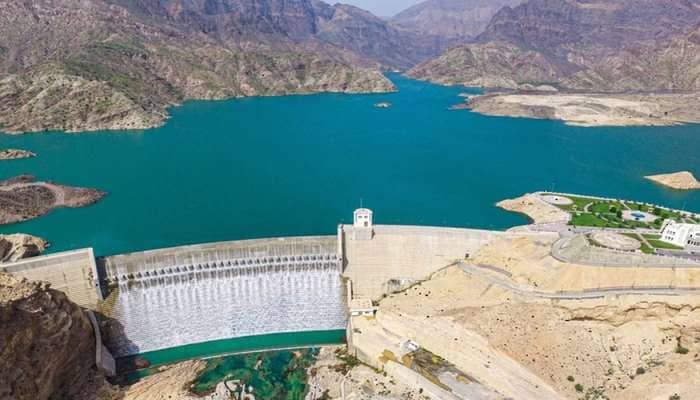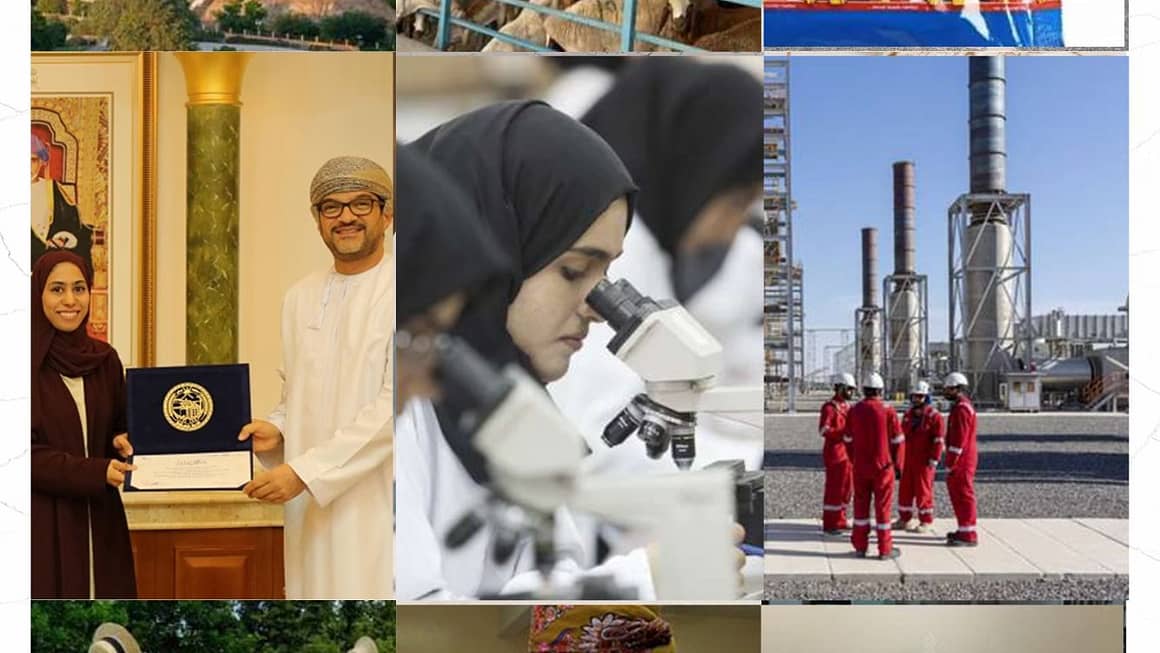Muscat: The Sultanate of Oman marked World Water Day 2025 on March 22, aligning with the global theme of “Preserving Glaciers.” The initiative underscores the critical need to protect freshwater reserves threatened by climate change and glacier melt.
Zaher bin Khalid Al Sulaimani, Chairman of the Omani Water Association, emphasized the importance of safeguarding water resources amid growing environmental challenges. He explained that glaciers act as natural freshwater reservoirs, feeding rivers and lakes. However, their accelerated melting poses a serious risk to water security and heightens the threat of natural disasters, including floods and rising sea levels.
Oman’s Commitment to Water Sustainability
Al-Sulaimani reiterated that Oman, under the leadership of His Majesty Sultan Haitham bin Tarik, prioritizes environmental sustainability. The Sultanate actively supports international efforts to combat climate change and ensure the preservation of water resources for future generations. The Omani Water Association continues its mission to promote water conservation awareness, enhance scientific research in water management, and contribute to global sustainability initiatives.
He urged individuals to take responsibility for environmental protection by adopting sustainable water practices. World Water Day aims to highlight the significance of freshwater resources, advocating for responsible management and reinforcing efforts to achieve UN Sustainable Development Goal 6, ensuring clean water and sanitation for all by 2030.
Global Alarming Glacier Loss
Glaciers worldwide are vanishing at an unprecedented rate. Over the past six years, the world has witnessed the fastest glacier retreat in history. The first-ever World Day for Glaciers, observed on March 22, serves as a stark reminder of this crisis.
Between 2022 and 2024, glaciers suffered their largest-ever three-year mass loss, heightening concerns about water shortages, rising sea levels, and natural disasters, as reported by the World Meteorological Organization (WMO) and the World Glacier Monitoring Service (WGMS).
The Devastating Impact of Glacier Melting
Experts warn that glaciers, once considered “eternal ice,” may not survive the 21st century. According to WMO Secretary-General Celeste Saulo, glacier preservation is essential for the environment, economy, and society. These ice formations act as “water towers,” supplying freshwater to millions, particularly in high-altitude regions.
Their depletion threatens water sources for hundreds of millions of people relying on glacier-fed rivers. While short-term increases in meltwater may temporarily boost river flows, the long-term consequences are devastating—leading to permanent water scarcity.
Glacier Loss and Rising Sea Levels
The WGMS reports that since 1975, glaciers have lost over 9,000 billion tons of ice—equivalent to a 25-meter-thick ice sheet covering Germany. The 2024 hydrological year marked the third consecutive year where all 19 monitored glacier regions experienced net ice loss.
“This level of glacier loss is unprecedented,” stated Michael Zemp, Director of WGMS. “We are witnessing entire ecosystems transform before our eyes. If this trend continues, glaciers in Western Canada, the USA, Scandinavia, Central Europe, the Caucasus, New Zealand, and even the Tropics will disappear by the end of the century.”
Glacier melt is now the second-largest contributor to global sea-level rise, following ocean warming. Since 2000, glaciers have lost 5% of their remaining ice, with Central Europe losing nearly 40% of its glaciers.
Each millimeter of sea-level rise exposes 200,000 to 300,000 people to annual flooding. Beyond coastal threats, melting glaciers also increase the risk of glacial lake outburst floods, avalanches, and rockslides in mountain regions.
A Global Call to Action
With global temperatures rising, the situation is deteriorating rapidly. Seven of the ten worst years for glacier mass loss have occurred since 2016. Recognizing this urgency, the United Nations has declared 2025 as the International Year of Glaciers’ Preservation. This initiative, backed by UNESCO, WMO, and 200+ organizations across 35 countries, aims to raise awareness about glaciers’ role in climate regulation and freshwater supply.
To commemorate this, the WGMS introduced the Glacier of the Year Award, naming South Cascade Glacier in Washington, USA, as its first recipient. Monitored since 1952, it holds one of the longest records of glacier mass balance in the Western Hemisphere.
“South Cascade Glacier represents both the beauty of glaciers and the scientific dedication to studying them,” noted Caitlyn Florentine of the US Geological Survey.
Time to Act: The Future of Glaciers
Experts stress that immediate action is necessary. Without urgent steps to curb global warming, glaciers will continue to decline, endangering freshwater sources, accelerating sea-level rise, and intensifying climate-related disasters.
“This crisis extends beyond landscapes,” said Saulo. “It affects livelihoods, economies, and entire ecosystems. While glaciers may seem distant, their loss will have global repercussions.”


 Oman News Highlights – June 1, 2025
Oman News Highlights – June 1, 2025